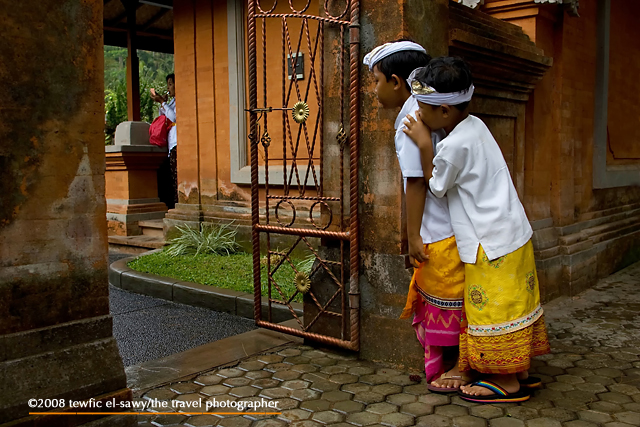I'm perennially looking for short cuts when I post process my photographs. I use minimal processing whether using Photo shop or Lightroom (with the exception of sharpening, and adjusting levels and curves, I rarely use the other tools), and sitting at a computer fiddling for hours on end for the optimal look is really not my kind of thing...I just don't enjoy it.
Coming up with my own presets is above my intellectual pay grade, so I am always thrilled to find software that provide "one-click" solutions.
I'm particularly fond of Alien Skin Software and of the Nik Collection, and use them whenever necessary. These alternatives often preclude me from having to use Photoshop, and I'm delighted.
The Nik Collection from Google has received a new free update which is named Analog Efex Pro – a series of filters that replicate the look of classic cameras, wet plate cameras, toy and vintage...all 'funky' presets that alter the character of ones' photographs at the click of a button.
For the portrait of the young Balinese student dancers, I chose a colored wet plate look which replicates the look of ancient color photographs of the Italian photographer Felice Beato (1832-1909).
 :.
:.









































